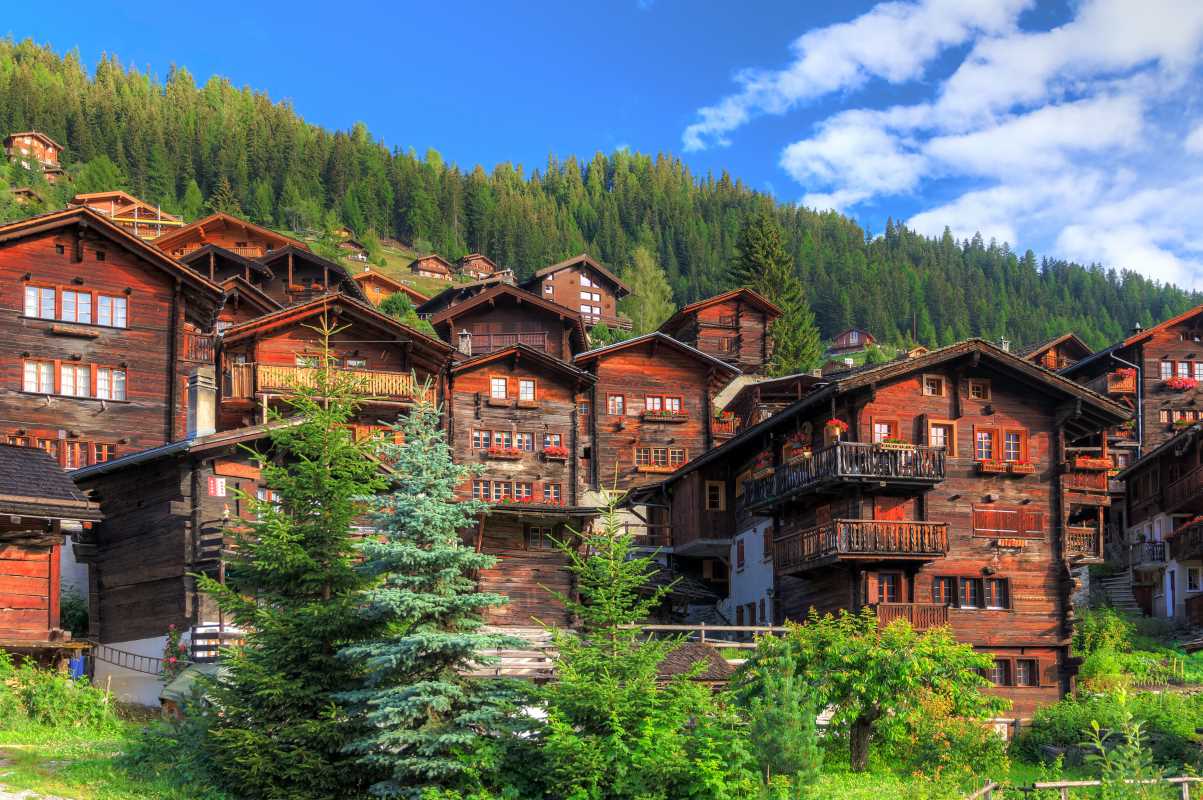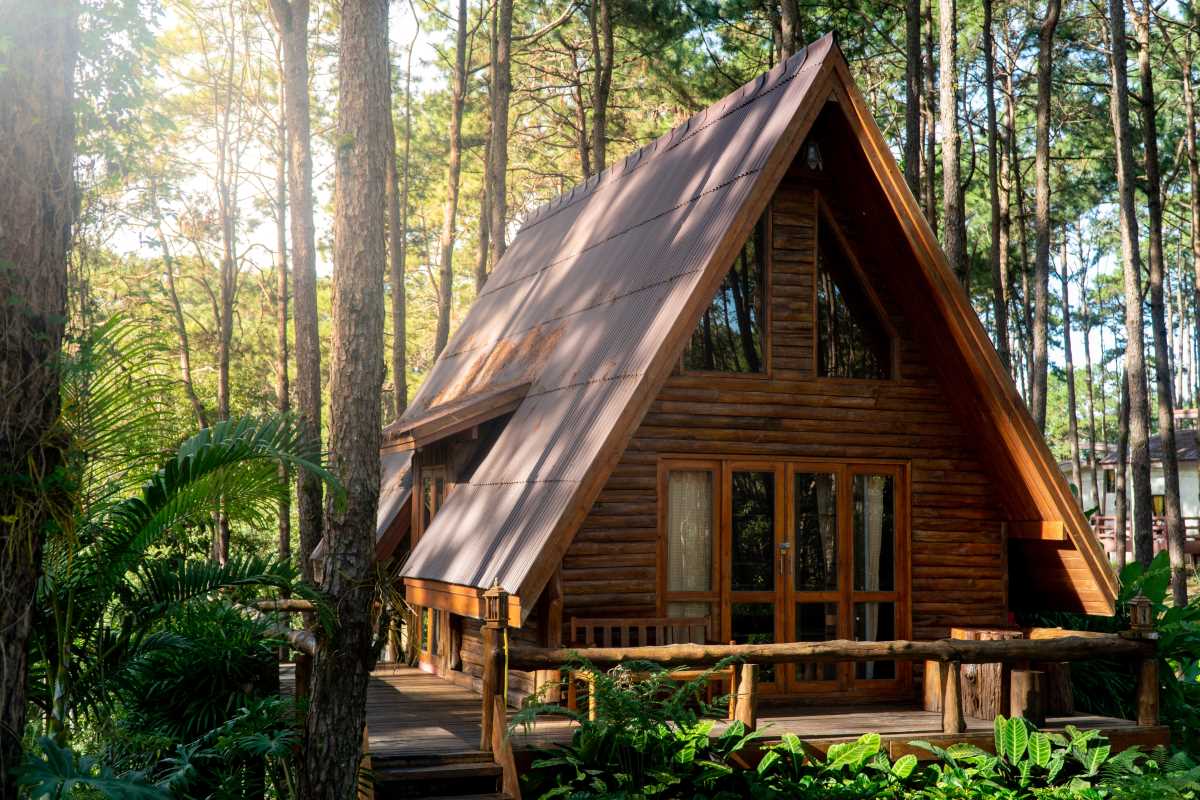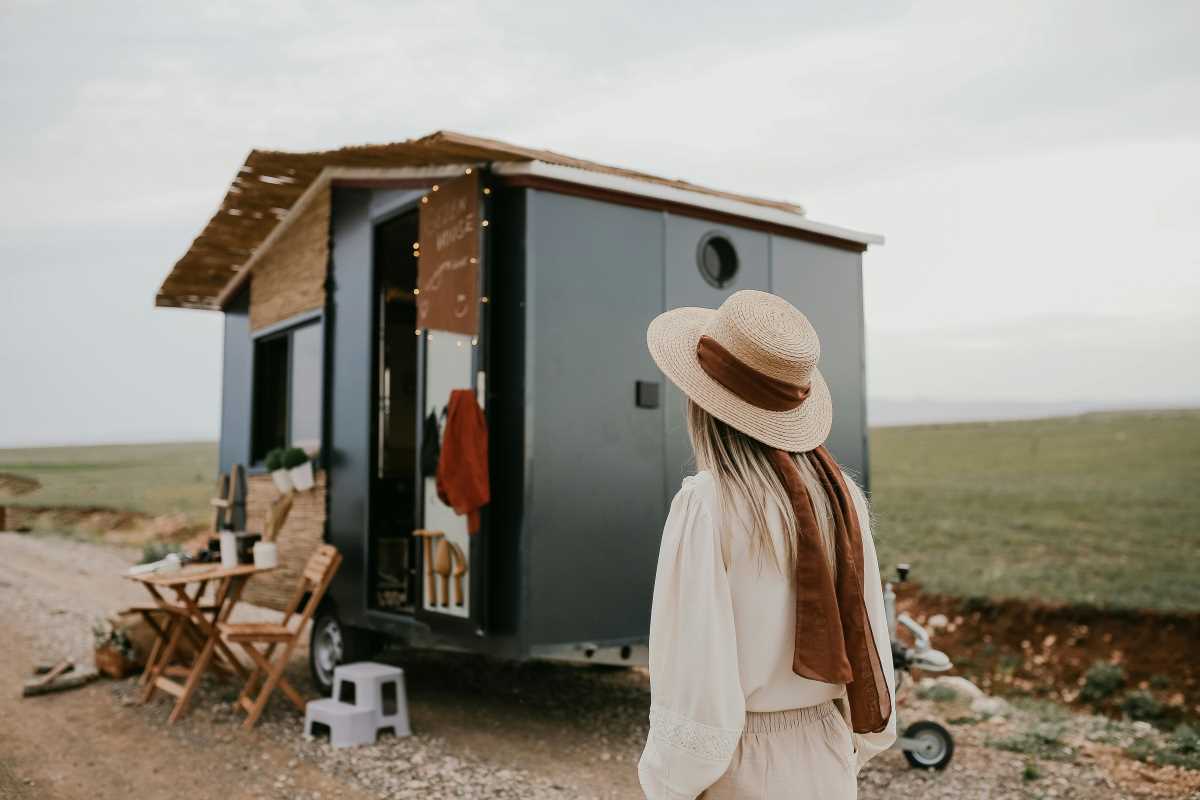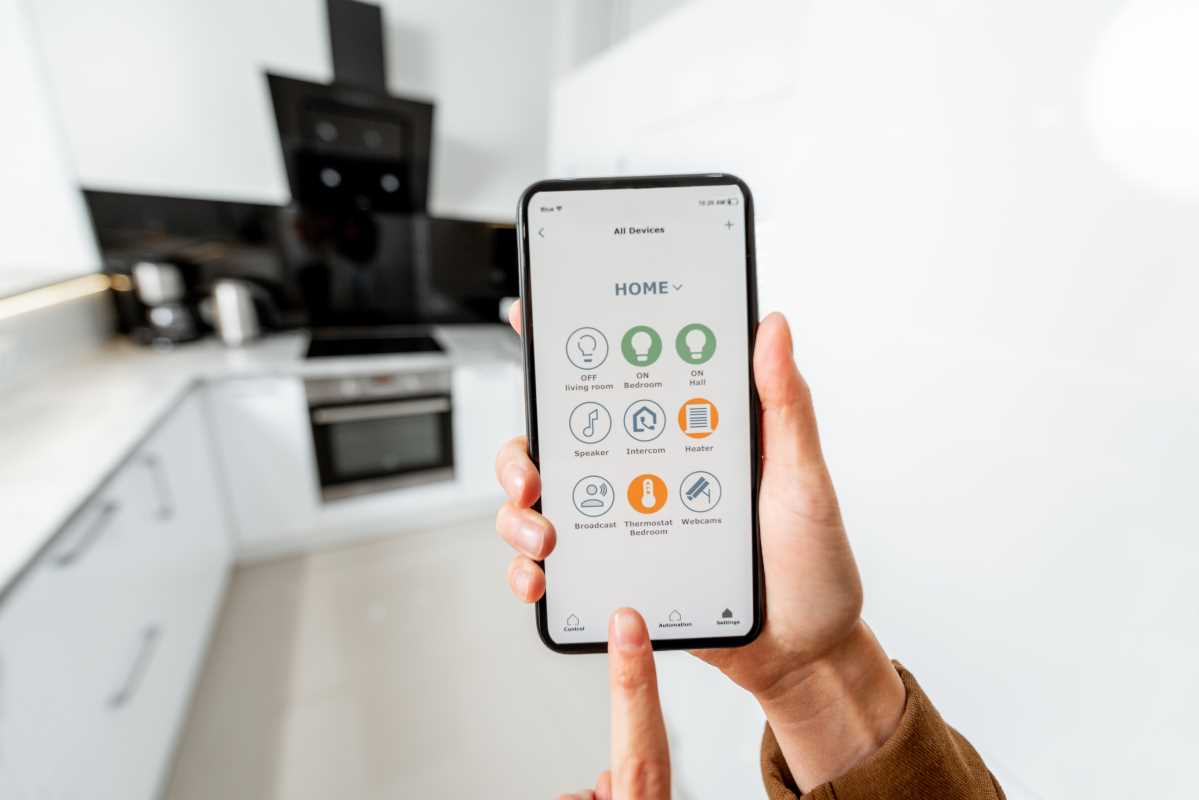Morning sunlight streams through your window as the sound of roosters greets the new day. Outside, neighbors gather in a shared garden, exchanging handfuls of fresh herbs and friendly conversation. When something breaks, everyone nearby lends a hand, ensuring nothing stands still for long. Life in a small town offers more than quiet surroundings; it brings people together, creating a network of support and resourcefulness. Shared harvest celebrations fill the calendar, and impromptu repair gatherings keep essential equipment in working order. In these close-knit communities, teamwork and ingenuity shape daily routines and create a lasting sense of connection.
When a few families come together to split costs, share labor and bounce ideas off each other, a loose cluster of homesteads develops into a thriving micro-society. Each member contributes unique skills—some excel at carpentry, others in preserving food, while a few focus on organizing local events. The real magic happens when these individual strengths combine, leading to solutions that no one would reach alone.
Building Local Resilience Through Shared Resources
- Tool libraries that circulate tractors, wood splitters and welders reduce single-family expenses and downtime; neighbors tag and track each item through a simple photo log on a shared messaging group. When someone spots a loose bolt or a torn belt, they snap a picture and tag the owner, cutting repair lag by half.
- Mobile seed banks preserve heirloom varieties by letting gardeners exchange surplus seeds each season; they often tuck favorites into recycled tins with planting notes scribbled on the lid. Participants often host weekend “seed swap” potlucks, trading recipe ideas alongside kernels for next year’s row.
- Group-shared livestock paddocks let families rotate herds through grazing plots, preventing overgrazing and cutting feed bills. Each member marks fence repairs on a shared calendar, so no one forgets to replace a post after winter storms.
- Carpool circuits link residents to weekly farmers markets or medical appointments in the nearest town. A rotating driver roster spreads the wear and tear on vehicles evenly, while a messaging chain ensures backup when someone’s truck won’t start.
- Co-op bulk-buy clubs tap into rural wholesalers, ordering hay, feed, building lumber and even holiday turkeys at lower rates. One insider tip: pool orders just before planting and before the first frost to hit peak discount windows, cutting costs by up to 20% without a membership fee.
Fostering Social Bonds in Remote Settings
- Weekly skill-share nights bring folks together to learn quilting, basic mechanics or bread baking. One neighbor might lead a hands-on session repairing fences, while another demos preserving tomatoes using solar dehydrators. Participants rotate hosting duties to keep venues small and cozy.
- Monthly potluck dinners rotate among homesteads, spotlighting one family’s produce or a themed dish. A hidden benefit shows up when someone with dietary restrictions inspires new recipes that everyone adopts.
- Walking circuits or birdwatching loops let residents stroll together, spotting wildflowers or deer tracks. Passing a set of binoculars among the group fosters conversation, and someone usually shares homemade trail mix for energy.
- Seasonal festivals—like maple tapping celebrations or pumpkin carving contests—invite families from neighboring valleys. A simple trophy or certificate printed at home keeps spirits high and gives kids something to hang on the fridge.
- Online chat channels connect everyone 24/7, turning late-night questions about soil pH or frost dates into group problem-solving sessions. Staying small—under 30 people—keeps the noise manageable and encourages everyone to speak up.
Practical Community Living Models
Shared Resource Fulfillment
Pooling assets creates flexibility for all families involved. When you combine a collection of scarce tools, livestock or produce-storage space, each member accesses resources as needed rather than shouldering the full cost alone. This shared model makes specialized equipment and seasonal storage affordable—and keeps idle capacity to a minimum.
Turning standalone homesteads into nodes of a broader network sparks creativity. Does your neighbor need extra chore power? They can post a request on a shared bulletin board. Does someone have surplus fruit? They tag everyone in a group chat. This fluid exchange builds trust and ensures materials don’t sit unused in a dusty shed.
Top Five Real-World Co-Living Arrangements
Farmstead Commons (Northeast valley)
- Unique feature: Member-run woodworking shop in a central barn workspace.
- Cost: Annual maintenance split evenly among 10 households.
- Insider Tip: Volunteer for tool oiling rounds to earn bonus workshop hours.
Riverview Homestead Collective (Riverside community)
- Unique feature: Natural floodplain design that absorbs overflow without crop loss.
- Cost: Upkeep tracked via quarterly labor shares logged in a shared spreadsheet.
- Insider Tip: Join irrigation maintenance early to master water-gate operations.
Greenfield Seed Exchange (Neighboring farms network)
- Unique feature: Rotating seed vault stored in climate-controlled crates.
- Cost: Contribution = ~2 oz monthly seed deposit per member.
- Insider Tip: Pre-label jars with planting dates to simplify swaps and avoid mix-ups.
Woodland Ridge Co-Op (Forest-edge dwellings)
- Unique feature: Shared solar-powered workshop with a communal 3D printer.
- Cost: Membership fee for energy, capped at $50 per household per month.
- Insider Tip: Attend calibration sessions to learn printer troubleshooting.
Hillside Produce Collective (Market garden alliance)
- Unique feature: Weekly “harvest boxes” pooling produce for direct-to-consumer sales.
- Cost: Revenue split by weight, averaging $3 per pound.
- Insider Tip: Rotate salad-greens planting to keep demand steady in summer.
Measuring Sustainability and Impact
- Track monthly expense savings across shared services—like tool maintenance, feed purchases and bulk grain orders—to demonstrate cost reductions and boost member buy-in.
- Count volunteer hours devoted to skill-sharing events, fence repairs and seed exchanges to quantify social engagement and surface expertise within the group.
- Monitor yields from communal plots versus individual gardens to compare productivity gains; logging harvest dates and quantities reveals planting patterns that work best.
- Survey member satisfaction each season with simple online polls asking about challenges solved, new friendships and equipment uptime; use results to tweak schedules or swap formats.
- Map resource exchanges on a shared digital chart to visualize how often goats, tools or produce cross neighbor lines. This map becomes a story of interdependence over time.
Next Steps for Rural Neighbors
Rural community living flourishes when residents combine personal initiative with shared platforms for exchanging resources. Start small—maybe a tool library or seed swap—and build trust through regular gatherings. Soon, neighbors will lift heavy loads together, brainstorm new ideas and see local resilience grow.
Choose a model that fits, invite friends or family, and start your first shared project. Working together in the countryside builds lasting connections and benefits everyone involved.







